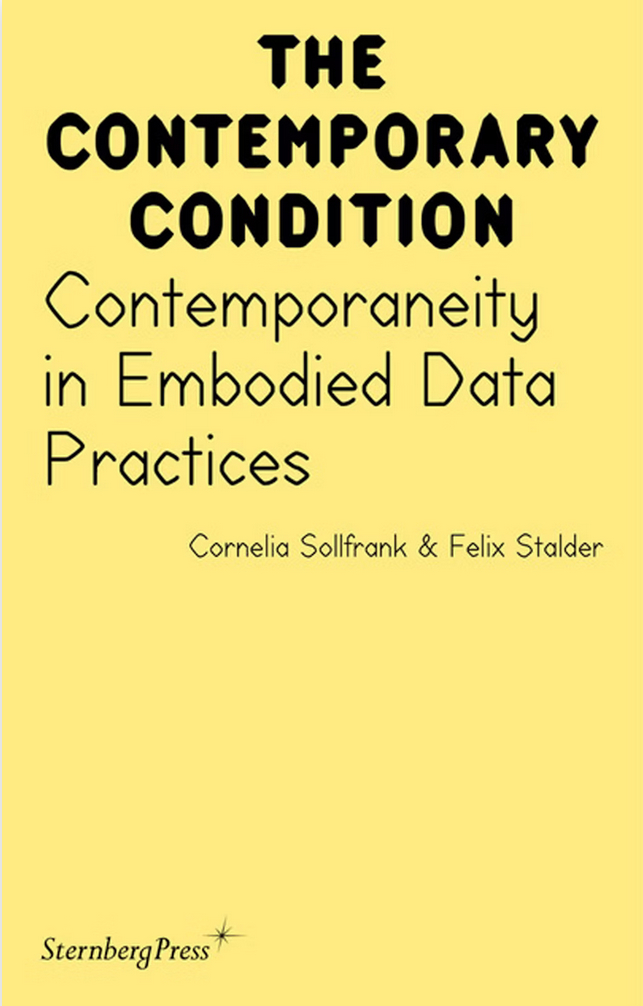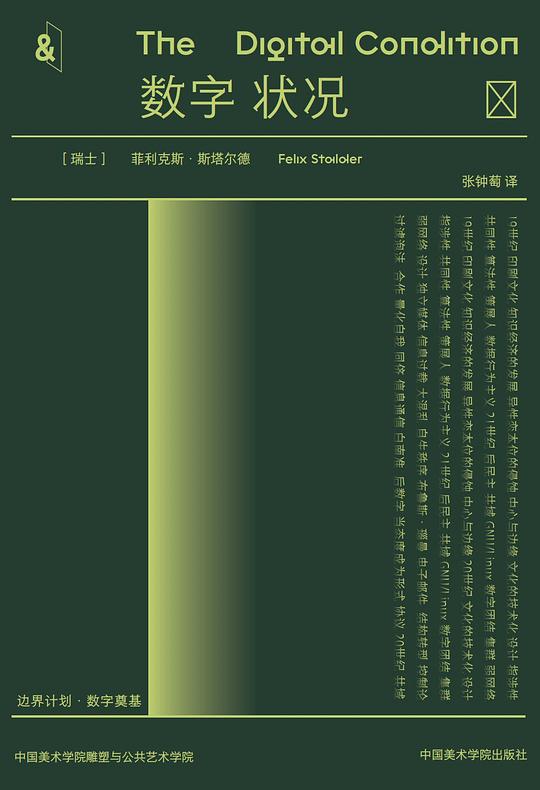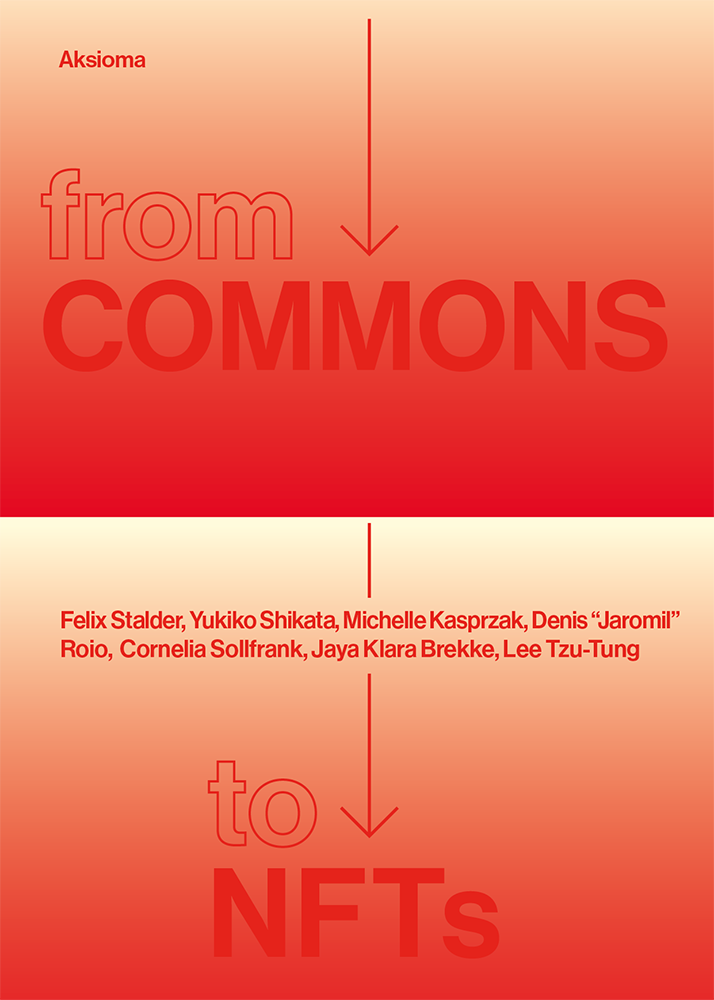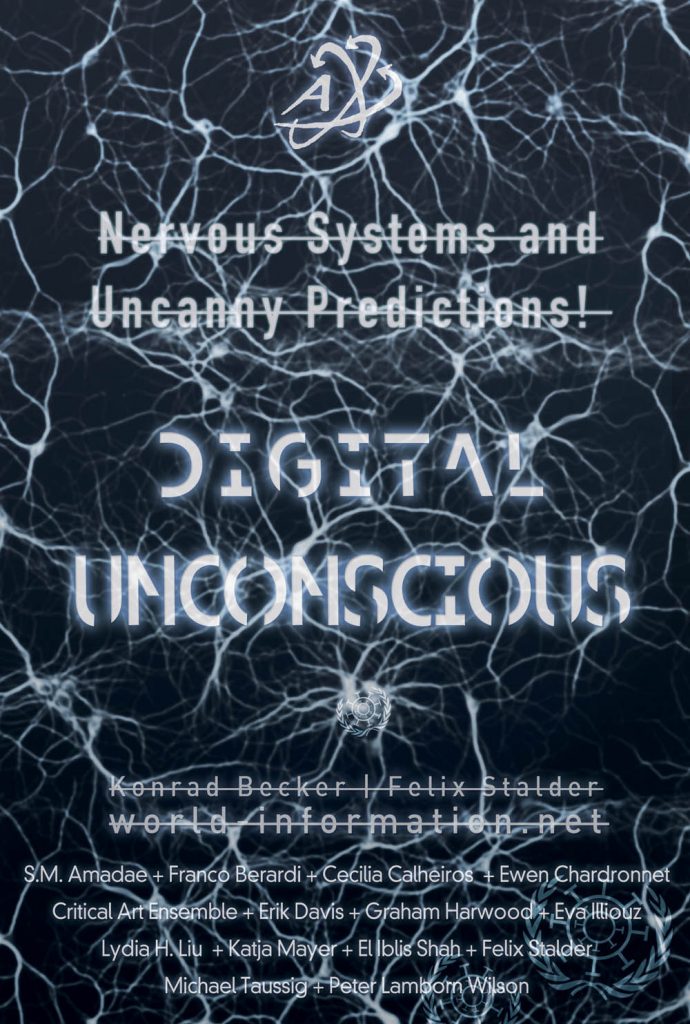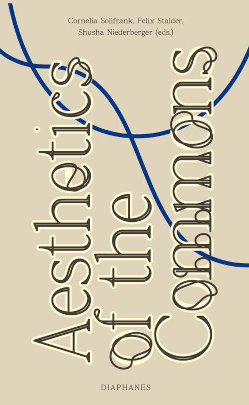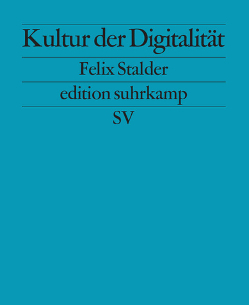
 Guerilla Girls, 1989 |
 Monkey Selfie, 2011 |
It’s no good. The horse has bolted. The tipping point has been reached. The digital condition now shapes our lives. In the early 1960s Marshall McLuhan noted the demise of the ‘Gutenberg Galaxy’, which is to say, that epoch of (Western) culture decisively shaped by the printed word; and there is no mistaking, now, what has taken its place: a new condition – i.e. ‘forms of experience, philosophical viewpoint, and expression’– defined by the ubiquitous presence and inherent potential of networked communications and control. It is thereby incidental whether, or how, one uses these technologies oneself, for they have become part and parcel of everyday infrastructure, in similarity to other networks, such as power and water supply, or transport systems. Were any one of these to suddenly break down, our lives would change in a flash – and not for the better.
In light of the scandals and scoops currently shaping discussions of digitisation – state and commercial surveillance (‘surveillance capitalism’), fake news and political manipulation, robotisation and algorithmisation – the utopias conjured by the nascence of this novel infrastructure seem naïve and starry-eyed. The vision of the Internet as a new agora of democratic politics has ceded to the narrative of incessantly enraged and raving citizens who heap the most noxious, openly sexist and racist insults on anyone who thinks differently than they (particularly if that anyone is female). The hope that online forums could be an open stage for self-discovery beyond ‘race’, class or gender and hence offer liberation from the pressure to conform so common in physical communities has been thwarted by the compulsion to state one’s name and present a clear personal profile in order that all possible dimensions of one’s existence might be collated and evaluated for optimal commercial exploitation. And what is with free, unlimited access to knowledge as the threshold to a new enlightened age? It has disappeared in the chaos of data overload and ‘cognitive closure’, namely the tendency to take note only of information that matches one’s preconceived ideas and mind-set and accordingly lends itself to rapid assimilation – for time is too short to ever question one’s personal opinions.
All of this fosters a certain nostalgia for the world as it used to be, back when it was, supposedly, still neat and comprehensible, and relationships were orderly, and borders clearly defined. ‘We want our country back!’ cry the Brits, ‘Make America great again!’ the Americans, and ‘Stay free!’ the Swiss. Reactionary utopias have replaced progressive utopias. The revenants of the latter still haunt Silicon Valley in the form of empty marketing slogans. Those who are disinclined to go along with either the ‘reactionary turn’ or commercially ordained optimism are left standing on the margins, unnerved by the digital tools, which constitute the everyday interface of a world that has become chaotically complex.
‘Chaotic complexity’ seems to me to be the incisive catchword for this remarkable contemporary condition – because, firstly, the new infrastructure has indeed made the world more complex and, secondly, we still lack the institutional and cultural means to address and deal with such complexity. In consequence, the existing means – from international organisations to our own cognitive patterns – are always overstretched. They can no longer cope with the tasks that are set them. The result: permanent information overload.
And there is no going back – not least because we are confronted in a growing number of fields with escalating problems engendered directly by the fact that our actions still unfold on the basis of established yet sub-complex models. Nowhere is this more dramatic than in the field of ecology. Since the start of the Industrial Age in early-nineteenth-century Britain, nature has been imagined to be the external point of departure and culmination of strictly linear processes. Energy derived from fossil fuels was used to process raw materials to produce goods that were subsequently sold on an ever-expanding market. The emissions thereby produced drifted into the atmosphere; products, once used, were discarded. Where raw materials came from or where emissions and cast offs ended up was of no particular interest, since what came before the commodity form, and what came after it, literally did not count. From the standpoint of capitalist accounting, nature was ‘an external factor’ and therefore did not need to be included in any budget of costs. In practice, this meant that no thought needed be given what came before or after this linear process, and that applying reductionist, abstract but highly scalable models was the most successful approach. Urbanisation and the industrialisation of the agricultural economy pushed nature even further out of sight of the general public respectively replaced it with romantic substitutes, such as domestic pets, zoos, conservation areas and the like.
Since the 1970s, however, it has been evident that this way of thinking and acting, especially when applied on the scale meanwhile seen in industrialised nations, cannot possibly function in the long term. As the eponymous symposium held in St. Gallen, Switzerland, in 1972, declared, the ‘Grenzen des Wachstums’ (Limits of Growth) have been reached. Also around that time, the microbiologist Lynn Margulis and the biophysicist James Lovelock presented their ‘Gaia hypothesis’, which holds that planet earth must be treated as an organic whole to which nothing and no one is external. Since the Intergovernmental Panel on Climate Change (IPCC) published its first report in 1990, it has been likewise evident that this ‘hyperorganism’ is changing dramatically owing to the impact of human activity and that the effects thereof, not least on human civilisation, may well prove catastrophic. Subsequent reports (in 1995, 2001, 2007 and 2014) most alarmingly confirmed this supposition. Since the year 2000, it has been hotly debated, whether the total sum of all such interventions justifies the declaration of a new geological epoch – the Anthropocene of humankind as a geological and ecological force. The debate has yet to be settled but scientific consensus is certainly moving in this direction.
It is therefore as clear as day that things cannot continue as they have to date, and that new approaches are needed, if we are ever to guarantee the long-term survival of the eight billion human beings on planet earth (as well as the hundreds of billions of plants and animals on which they depend). And to this end we require not less but more technology. We require advanced aids in order not only to fathom hitherto unexplored dimensions of the world but also to develop more complex models of the world and of our strategies for action within it.
But technology alone will not suffice. A cultural shift is needed too. One possible solution might be to revisit the complex cosmologies of those traditional, non-Western cultures apt to attribute personal characteristics and scope for (conscious) action to nature itself. They had concrete knowledge of the complexities of human and non-human co-evolution. However, because of the relatively limited information processing capacities of these cultures, their intimate knowledge could extend only over limited territories. In other words, these approaches do not scale well. But today, we need to think and act on a global scale. New technologies and data processing capacities might allow us to collect and hold intimate, concrete (rather than generalized abstract) knowledge about the globe as a whole. To do so would foster the global application of their experience of ecologically sustainable discourse and practice, which we so urgently need today.
Therefore, in order to grasp the steep rise in complexity that we are currently facing as a chance, an opportunity, and to steer it in the right direction, we need scientific-technical competence as well as a collective will. And the good news is that the potential for both is inherent to the digital condition. I have described this condition elsewhere in great detail and therefore explain it here only briefly.1 It came about as a result of profound and long-term social change, the outcome of which was that ever larger numbers of people in an ever larger number of fields came to take part – with the aid of ever more complex technologies – in collective debate of what is right and wrong, important or trivial, worthwhile aspiring to or definitely to be avoided; which is to say, they participated in one way or another in settling the question: How do we want to live?
That this process is conflict-ridden and often painful cannot be denied. But from the viewpoint of Western cultural elites (hence from our own), there is a risk of reducing it to an experience of the loss of control and depreciation of quality – not all too different, one might say (at risk of overstatement), as the oft-lamented loss of quality effected, in the eyes of medieval scribes, by printing books instead of labouring over illustrated manuscripts. In comparison with well-established practice, new cultural processes almost always look worse, basically because they tend to do away with features optimised in the course of the older practice (meditation on a text while copying it by hand, for instance), as well as to introduce new ones (such as allowing laypersons to read the Bible), that appear problematic in light of established provisos. But in the long run, these features precisely are constitutive of greater complexity and hence also of the potential for a civilisational surge.
The issue is by no means to refute current problems but rather to point out that such problems were caused, not by the technology-driven surge of complexity but by certain economic and political decisions as to how, and in whose interest, such potential may be used. The, in my opinion, very promising prospect in this situation does not consist in dreaming one’s way back to a ‘simple world’. For to do so would serve only to aggravate the problems brought forth by this ‘simple world’ and leave the matter of shaping the future to those whose concentration of economic and political power is already a threat to democracy.
The task we now face is to extend democratic control over this complexity. To this end we must broaden the circle of those who are able to speak out. Much has already been done, in this respect, for the digital condition is a form of culture born precisely of the capacity of a growing number of people to speak their mind. It thus generates masses of information that seriously overstretch, and also challenge the legitimacy of, established structures of the cultural order – the editorial and curatorial boards of newspapers and museums, for example, which were originally optimised to deal with limited information streams. Anyone reading a newspaper today is likely to be struck by all that it fails to report on, which includes generally the one subject currently of utmost interest to the reader and predominant on their social media news feed. The Guerilla Girls have been applying their radical feminist critique since the mid 1980s to leading museums and exhibition venues’ selection of content. Yet although it is now routinely pointed out that such collections are problematically biased, nothing much else has changed.
If the digital condition has proved so successful then precisely because it found new processes by which to order such quanta with the aid of not only nascent social communities but also dynamic algorithms with the capacity to translate chaotic and complex diversity into a format conducive to human comprehension. Thanks to search engines, we are no longer condemned to follow the card index’s pedestrian logic. The growing number of those able to speak out enables us to broaden our perspectives on the world and hence our awareness, and to forge from such a multiplicity of perspectives a deeper comprehension of the world.
In particular in light of an urgently needed new ecology, however, it will not do to allow human beings alone this capacity of perception and speech. We must acknowledge it also in plants, animals and entire ecological systems. And, indeed, this trend is currently gathering pace. Today’s increasingly ubiquitous sensors see the world from the viewpoint of the object on which they are installed, be it a tree, a migratory bird or an Alpine glacier. The data they collate is evaluated and fed back to society, in part in forms that are integrated in everyday life – for instance, by an app that allows one to follow the routes flown by one’s own ‘adopted’ migrating stork. And so the image of nature shifts. The stork is no longer simply an anonymous species that turns up suddenly in spring, but a personality, like the Adebar character in the fairy-tale, a character with its own history; and thus it becomes a potential object of empathy. And what this may trigger could be seen in June 2006, when the Forestry Department of the State of Bavaria decreed it permissible to shoot and kill a bear, Bruno, whose mediated wanderings many people had been following in real-time. There was a storm of outrage. Animal rights and anti-hunt activists seized the moment to mobilise mass protest. Some protesters wore bear costumes and carried signs saying ‘We are all Bruno’. The authorities even received several death threats!
We still don’t really know what to make of all that. In any case, it led the Forestry Department to conclude that it should henceforth give animals only a number, not a name, in order to mitigate against the, in its view, excessive public identification – and subsequent empathy – with bears and other wild animals. Nevertheless the number of wild animals with a name – because they have been adopted, or marked for monitoring purposes – is on the rise. For the sum of 2,500 dollars, one can name a shark and follow it online, quasi in real-time. In a sense this turns a wild animal – perhaps even a shark – into something similar to a household pet (i.e. one whose name and personality are familiar), although there is no question of it being tamed. What we can surmise, here, is a shift in the relationship between culture and nature: away from the clear distinction between the two to a complex interrelation and co-constitution.
However, we still lack the concepts and institutions necessary to adequately structure this changing relationship. The lawsuit filed in 2014 by the animal rights organisation PETA (People for the Ethical Treatment of Animals) on behalf of the macaque Naruto, whose ‘monkey selfie’ went viral globally, seems to have hit a dead-end. With the backing of renowned primate researchers, PETA posits that Naruto is a creature with an individual will and might therefore (with the help of PETA in its capacity as self-elected legal guardian) justifiably lay claim to rights of authorship as defined in copyright law.2 One can safely say that such a case ten years ago would not even have been brought to court; but a ruling of the Ninth Circuit Court of Appeals in San Francisco is still pending.
The outcome of a longstanding New Zealand lawsuit offers another glimpse of new ways to relate to non-human nature. In March 2017, the country’s third longest river, the Whanganui, was declared to be a “legal and living entity having the status of a legal person with all corresponding rights, duties and liabilities”. This marked the end of a dispute on-going for over 130 years between the New Zealand government and the Maori communities who live on and with the river. A new Trust Board comprised of two officials, one from the Whanganui iwi and the other from the Crown, was set up to act on the river’s behalf. This precedent – the first ever case of an ecological system being granted a legally binding status – enables the Trust Board to represent the interests both of the river itself and of those natural and legal entities residing by it, and thus to renegotiate the mutual impact and dependency of all concerned. True, digital technologies play no direct role in this case yet it seems to me to be no accident that this conflict could be resolved at last, after 130 years. It is symptomatic of a shift also, or even particularly, in and of modern Western thought and action, one rooted in the opportunities afforded by the digital condition to imagine new connections between human beings, machines and nature and, hence, to open up in certain respects to indigenous cosmologies.
Storks, bears and sharks with personal names and rivers with the status of legal entities are tentative first steps, whose significance, particularly if they remain scattered and isolated instances, is easily dwarfed by the major problems looming. Nonetheless, they are examples of how the surge of complexity, which was brought about in part by digital infrastructures and is currently causing us so much unease, can be bent to our will and transformed into new and very promising realities.
translated by Jill Denton
[Published in: Dörig, Raffael et al. (eds.) (2017): Raus aus dem digitalen Unbehagen : Escaping the Digital Unease Katalog des Kunsthaus Langenthal, Basel: Merian, Christoph. (p.62-68)]





